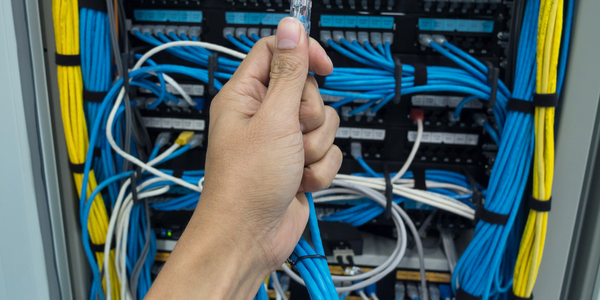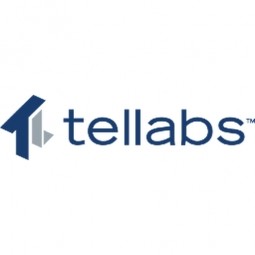ECSI installs Tellabs Optical LAN to Help Kraus-Anderson Building's Network

- Cybersecurity & Privacy - Database Security
- Cybersecurity & Privacy - Network Security
- Buildings
- Business Operation
Kraus-Anderson (K-A) invested in constructing a new 100,000 square foot corporate headquarters in downtown Minneapolis to create a state-of-the-art campus that enabled a modern collaborative work environment, and above all, helped them attract, retain, and develop the best employee talent possible in this progressive metropolitan setting.
Kraus-Anderson also knew that this forward-looking 5-story building, and its elite workforce, would demand an equally high-performance and secure network, with ubiquitous accessing through either wired or wireless connectivity.
The main saught after feautres were space savings and strict security.
-Space Savings:
In the data center, the switching equipment that would have normally monopolized three 7 feet telecom racks, with OLAN only occupies three-quarters of one telecom rack of space. And, the cabling in the data center might normally have been multiple 8-inch bundles of CAT6 copper cabling is reduced less than 1-inch of Single Mode Fiber (SMF) cabling. This represents up to 85% savings in space in the data center alone.
Optical LAN introduces far less cabling up the K-A building risers and across the horizontal pathways. OLAN architecture is a point-to-multipoint architecture where one fiber cable can feed 128 gigabit Ethernet ports. In a traditional point-to-point LAN architecture that would have meant a very large bundle of 128 copper cables.
-Strict Security:
Kraus-Anderson has a better security posture with Tellabs Optical LAN because fiber cabling is far more secure than copper and because OLAN’s centralized management eliminates points of vulnerability out in their extended network.
Because of the architectural design of the K-A building there is cabling running through open unprotected areas. It was imperative that fiber cabling be used for K-A to minimize the breach risk, since unlike copper, fiber does not radiate the data being transported within it, and fiber is far more difficult to tap then copper.
Related Case Studies.











